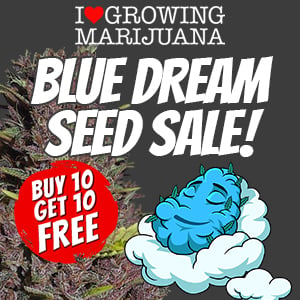
Yo, what up, it’s your boy Dan. Today we’re talking about a problem that’s been plaguing the cannabis industry for a minute now – inaccurate labeling of THC potency. You’d think that with all the legalizations happening across the country, we’d finally have some reliable information on the products we’re buying. But nah, not even close. Zmescience.com just put out an article exposing the truth – most of us are getting ripped off with less potent products than we thought we were buying. It’s time for us to demand some accurate labeling and quality control from these producers.
So here’s what’s really going on – a study in PLOS ONE found that most cannabis samples had lower THC levels than advertised. By an average of 23%, and sometimes even up to 35%. That means most of us are paying top dollar for some weak-ass shit that ain’t even worth it. And this isn’t just some isolated incident – dispensaries all over the place are claiming their products have more THC than they really do.
One reason this is happening is because there’s no single standard testing protocol for THC content. The go-to method is High-Performance Liquid Chromatography (HPLC), but testing labs don’t have any legal incentive to keep their methods honest. Some labs might adjust their methods to produce higher numbers or even fake data altogether. Meanwhile, the growers are trying to list their products with the highest THC content possible because they know that consumers think more THC means better quality. Some of them might even send in unrepresentative samples from their batch so they can inflate their THC numbers. It’s shady business all around.
So, what can we do about it? We need to start focusing on overall quality instead of just THC content. There’s a lot of factors that can impact how good a product is, like growing conditions, genetic stock, terpene profile, drying and curing processes, storage, and time to sale. Dispensaries can start adopting measures like full phytochemical profiles, in-house assessments, or consumer feedback to rank their products. And we as consumers need to start educating ourselves on how to judge the quality of cannabis beyond just THC content.
Now, I know some of y’all are thinking that you don’t care about THC content anyway. You prefer a more nuanced smoke, where you judge the product based on how it looks, how much resin it has, how it smells, and how potent it seems. That’s cool, I feel you. But for those of us who do care about THC content, we need to demand some better regulation and standard testing protocols so we can know what we’re really getting.
The truth is that inaccurate THC labeling is a widespread issue that needs to be fixed ASAP. We need a more transparent and reliable market for all. And while we’re at it, let’s start questioning whether “high potency pot” is really the cause of severe mental health issues. If people aren’t being exposed to the quantities they believe they are, could the “green outs” be partly psychosomatic? It’s not like there’s going to be any scientists researching that anytime soon.
So there you have it, folks – a little insight into the not-so-glamorous side of the cannabis industry. Don’t be fooled by those THC labels – they don’t mean shit if you’re lab shopping. Keep educating yourself and demanding better from these producers. Stay lit.

